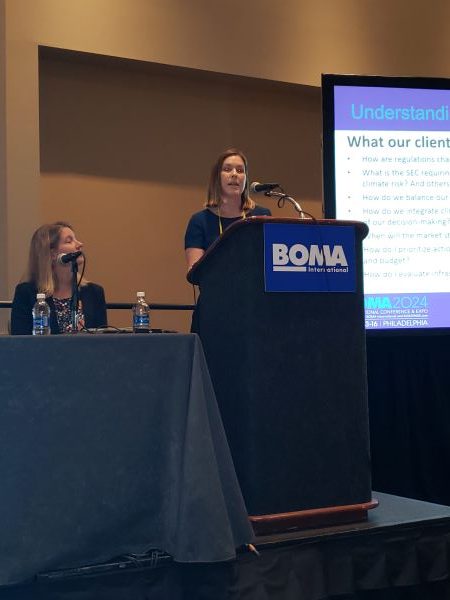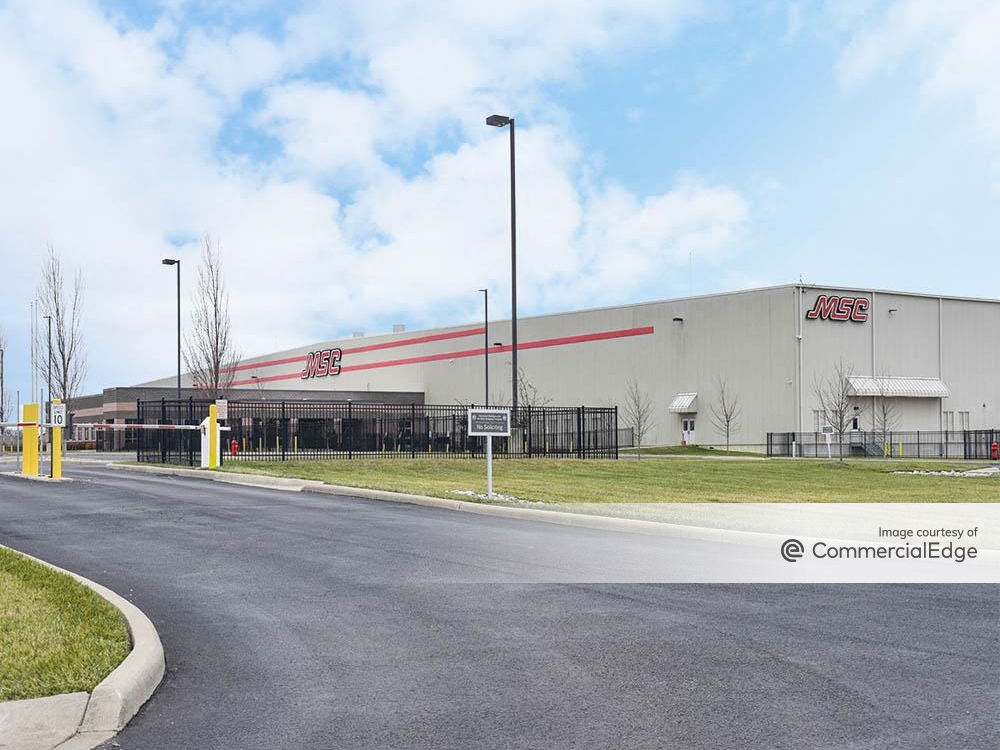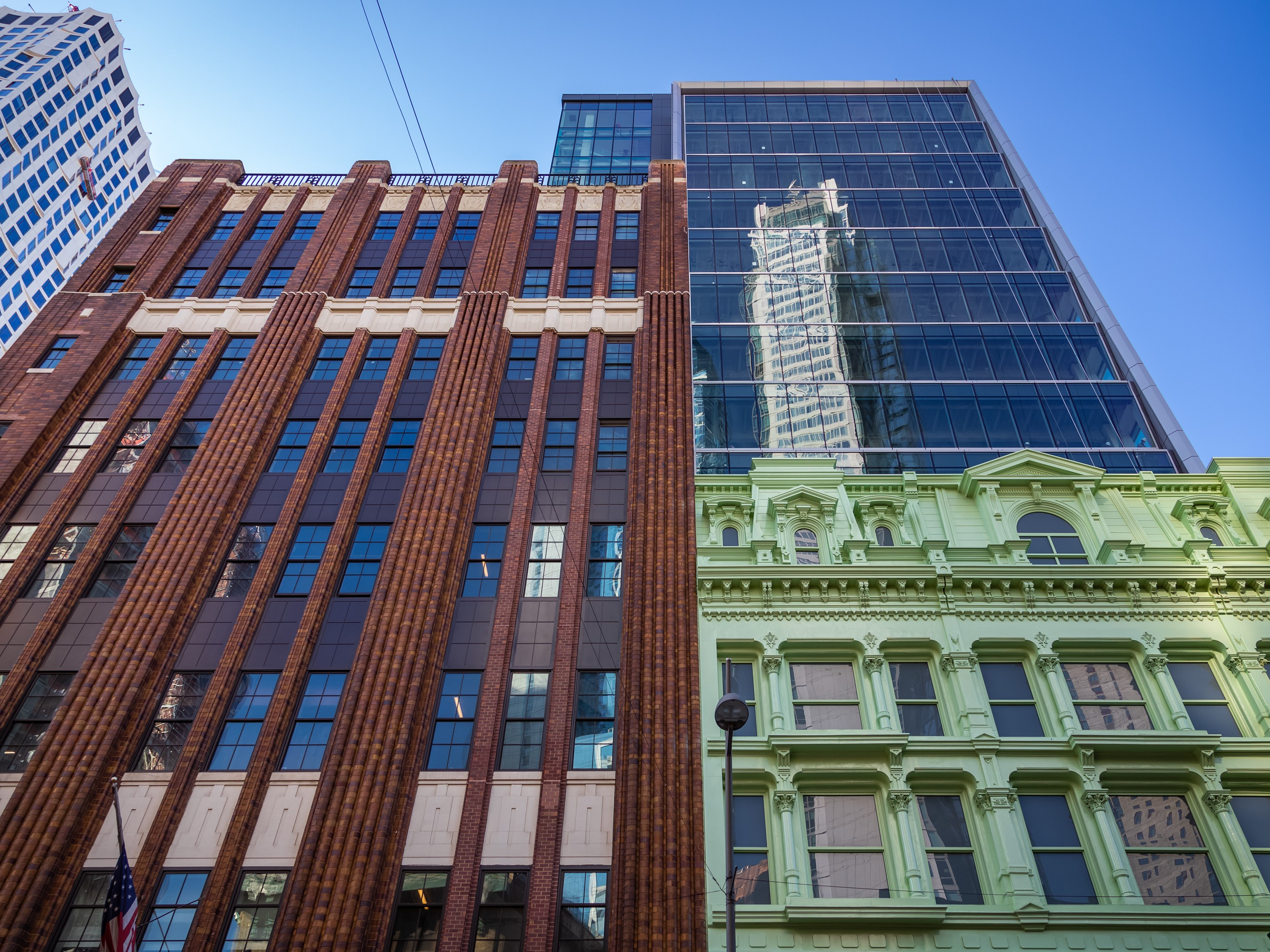BOMA 2024 Special Report: Why Resilience Strategies Are a Must
Extreme weather is taking a huge toll, but owners have plenty of ways to take action, experts said.

Extreme weather events are creating any number of headaches for property owners and managers: higher insurance costs, more expensive operations, retrofitting cost and increased property wear and tear. To push back against the risks, experts at BOMA International’s conference in Philadelphia this week urged owners and managers to develop mitigation plans that can range from major structural upgrades to the use of heat-reducing coatings.
Pressure on owners and managers is emerging from multiple corners. “Investors want to see that we are able to assess risk and what strategies are in place to address it,” observed Kelly Vickers, vice president for ESG at Mill Creek Residential Trust. Early in this decade, the company began to supplement insurance data with climate risk modeling data. The company now fields multiple teams that engage with risk from a variety of perspectives.
READ ALSO: Extreme Weather and Industrial Resiliency
Insurance carriers expect higher standards for resilience, as well. “You have to have a mitigation plan, or you risk not having insurance at all,” noted Kim Pexton, vice president of sustainability for JBG SMITH. The panelists addressed the challenge of balancing the risks posed by large-scale, extreme events as opposed to more common hazards. “The things that show up in climate risk assessments are things that insurance companies are not covering,” Pexton said.
Yet she added that insurers are a valuable resource, calling them, along with engineering teams, “your greatest allies.” Carriers will often work with owners on an asset-by-asset basis. Step one, Pexton advised: check with your carrier to see whether they offer mitigation strategies.
Security against rising tides
When a severe weather incident comes up, investment upgrades go a long way to minimize damage and downtime. Lindsay Brugger, vice president of ULI’s urban resilience program and the panel’s moderator, cited the example of a Starbucks in Houston that was completed in 2016, the year before Hurricane Harvey.

Despite the store’s location in a flood plain, no flood insurance claims needed to be filed. The keys: three flood-proof doors that cost $10,000 apiece, plus a 2-foot, 8-inch membrane that protected the building’s concrete masonry. The store was in good condition that it could have opened the next day, Brugger said.
As part of the renovation of Commonwealth Pier, a historic urban campus on Boston Harbor, Arup designed a strategy that anticipates a nearly 2-foot rise in the harbor’s mean high tide by 2050. Highlights include a curb designed to mitigate wave impact, the elevation of critical equipment, continuous waterproofing and structural tie-downs to counteract buoyancy, reported Katie Wholey, the engineering firm’s Boston resilience leader.
Non-structural approaches to resilience can be effective, as well, Pexton noted. JBG SMITH used a coating product that still reduced pavement temperatures a year after it was applied. Another success was the use of window film, a category of product that, Pexton observed, leasing brokers often dislike because of its looks. But in this case, the company selected a product that is used for windshields, dries clear and reduces energy use by 3,000 British thermal units per square foot.







You must be logged in to post a comment.